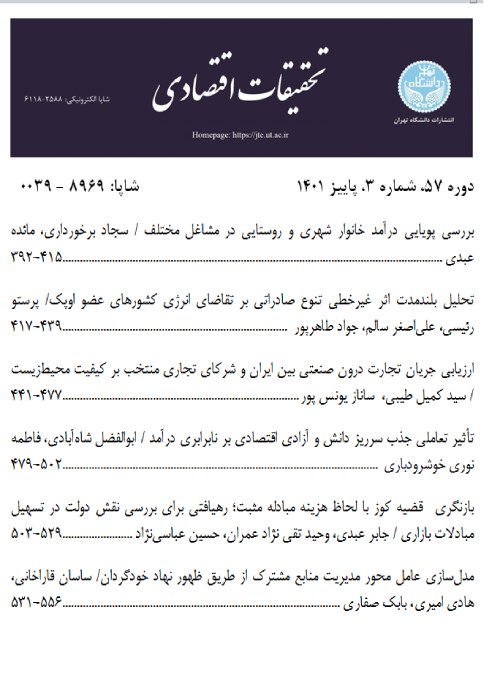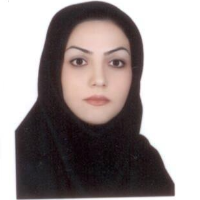An Analysis of Iran's Competing Potentials in the Rug Industry In View of Joining the WTO: A Policy Analysis Matrix Approach
Abstract:
Globalization is a phenomenon of recent times. The world economy is moving towards a more intense & integrated status while at the same time local economies are becoming more interdependent. The fast pace of globalization and how to tackle the offspring ’s of such a movement have become a major challenge for the whole world as a whole in general and for the developing countries in particular. Considering the fact that competitiveness is the corner stone of globalization, it is very important to determine which sectors of an economy can withstand international competition so that domestic resources can be channeled to proper sectors while at the same time bring about the needed improvements and necessary changes to secure the required structural modifications. Since Persian Rug is a major non-oil export of the Islamic Republic of Iran (I.R.I), it is quite important to study and analyze the level of competitiveness of this industry. In this study a Policy Analysis Matrix (PAM) is used to estimate certain indexes to evaluate the ability of the Persian Rug Industry to compete internationally before and after joining the WTO. Persian rugs are woven in different parts of the I.R.I. However, the rugs woven in Eastern Azarbayejan have worldwide reputation. For this reason the rugs woven in this province are chosen for analysis. Although different rugs are woven in this province, the one mostly exported is the hand-woven rug called 65-Radj Cheleh Abrishami Silk Flower. Therefore, our analysis is concentrated on this specific type of rug using the 2006 data. The results indicate that the Export Competitive Index (ECI) for the rug in question is 0.81. Based on this index the 65-Radj Cheleh Abrishami Silk Flower can compete in the world markets. Also the Comparative Advantage Index based on unit costs which is the same as real competitive advantage in a free competitive situation (which is the situation after being accepted to the WTO) for the said rug is 0.83. These numbers show that Eastern Azarbayejan province has a comparative advantage in the production of the rug in question.
Language:
Persian
Published:
Journal of Economic Research, Volume:43 Issue: 84, 2008
Page:
10
magiran.com/p602753
دانلود و مطالعه متن این مقاله با یکی از روشهای زیر امکان پذیر است:
اشتراک شخصی
با عضویت و پرداخت آنلاین حق اشتراک یکساله به مبلغ 1,390,000ريال میتوانید 70 عنوان مطلب دانلود کنید!
اشتراک سازمانی
به کتابخانه دانشگاه یا محل کار خود پیشنهاد کنید تا اشتراک سازمانی این پایگاه را برای دسترسی نامحدود همه کاربران به متن مطالب تهیه نمایند!
توجه!
- حق عضویت دریافتی صرف حمایت از نشریات عضو و نگهداری، تکمیل و توسعه مگیران میشود.
- پرداخت حق اشتراک و دانلود مقالات اجازه بازنشر آن در سایر رسانههای چاپی و دیجیتال را به کاربر نمیدهد.
In order to view content subscription is required
Personal subscription
Subscribe magiran.com for 70 € euros via PayPal and download 70 articles during a year.
Organization subscription
Please contact us to subscribe your university or library for unlimited access!



